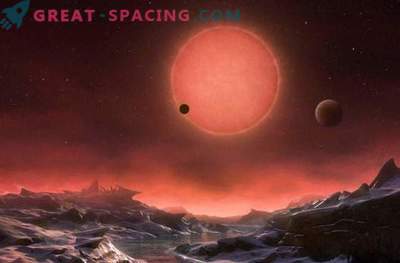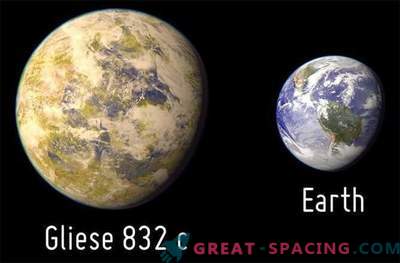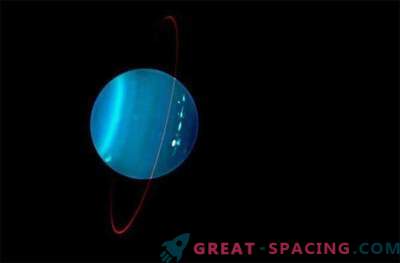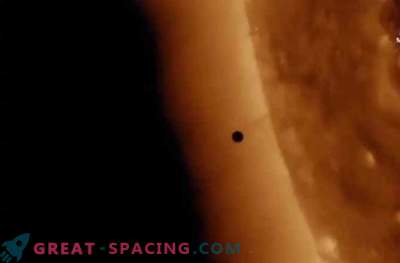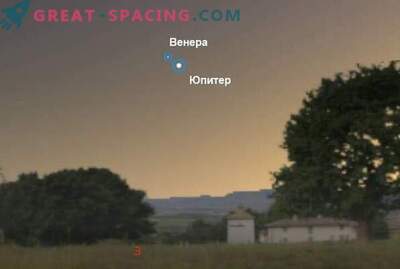
One of the most accurate method for finding exoplanets is to measure the rocking of a star under the influence of the gravity of the alien world. Modern technologies make it possible to detect exoplanets by this method, located at a distance of several dozen light years from Earth, which cause the rocking of the parent planet to be more than a meter per second. Only ecoplanets, which are larger than the size of the Earth, are capable of such a thing. But what if something puts the research, say sunspots, then the measurement will be false?
A team of researchers hopes to get around this problem by testing our Sun. If their hypothesis works, they will be able to detect Venus orbiting around the Sun using a technique called “radial velocity”. This will be the fundamental method for detecting Earth-like or smaller planets around other stars.

The 3-meter telescope of the European Southern Observatory, installed by La Silla, Chile, makes a frame-by-frame image of the Milky Way. The HARPS-N tool is used in this telescope to search for exoplanets.
“We decided to design an instrument that would be able to obtain the radial velocity of the Sun, as if it were another star,” said Xavier Dumusk, an astrophysicist at the observatory in Geneva. He became one of the study leaders with David F. Phillips at the Harvard-Smithsonian Center for Astrophysics. "The sun is very close," he added. "Therefore, we can better study it and, therefore, see various spots on its surface. Comparing the obtained images of the Sun and the radial velocity obtained through the new tool, we hope to better understand the effect of sunspots on the measurement of radial velocities and find the optimal correction methods applicable to other stars. "
The test will last seven days using the HARPS-N instrument mounted on the 3,6 meters telescope in Chile, which has shown promising results before. It allows you to use a solar telescope to collect sunlight from the entire disk (as well as a distant star) into a device that is commonly used for hunting exoplanets at night. It then calibrates the light using an astro-ridge, a device that is used to determine the rocking of a star. They plan to use this technique in the next 2-3 years.
“The first data obtained from the new instrument shows that we have achieved measurement accuracy on the Sun at 0.5 meters per second. This is the accuracy we achieved,” writes Dumusk. "We also saw that the change in the radial velocity of the sun can be estimated using full photometry disk (the total light emitted by the sun)."
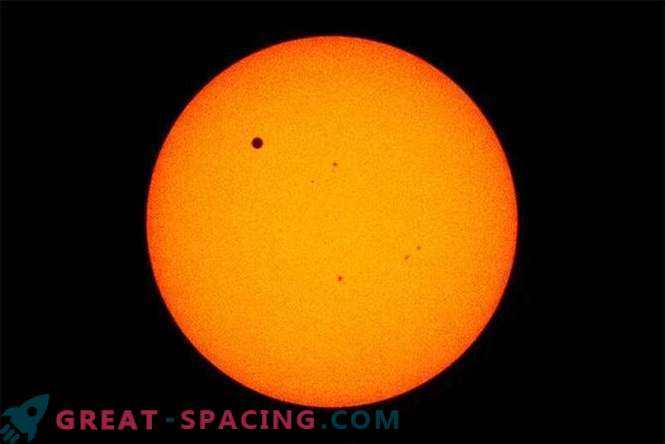
Venus passes through the disk of the Sun in June 2012.
Currently, the Kepler space telescope is used to detect a planet as small as Earth and smaller, orbiting around small and distant stars. However, he is unable to detect exoplanets that are much closer and are in orbit of brighter stars. A small planet passing through a bright star may go unnoticed. "Accurate measurements of stars and an understanding of how stains affect these measurements is one of the main tasks in the radial velocity method," added Dyumusk. "Solving this problem will allow us to discover planets that are very much like Earth and revolve around bright stars."
In the near future, more observatories will be launched to search for Earth-like exoplanets. Examples are the James Webb Space Telescope (2018), the space telescope being developed by the Massachusetts Institute of Technology as part of NASA's Small Research Programs (no later than 2018), and the European Extremely Large Telescope to be designed on Earth by 2024. By this time, scientists hope to see exo-earths with their atmospheres.
Results will be published in the Astrophysical Journal Letters.





